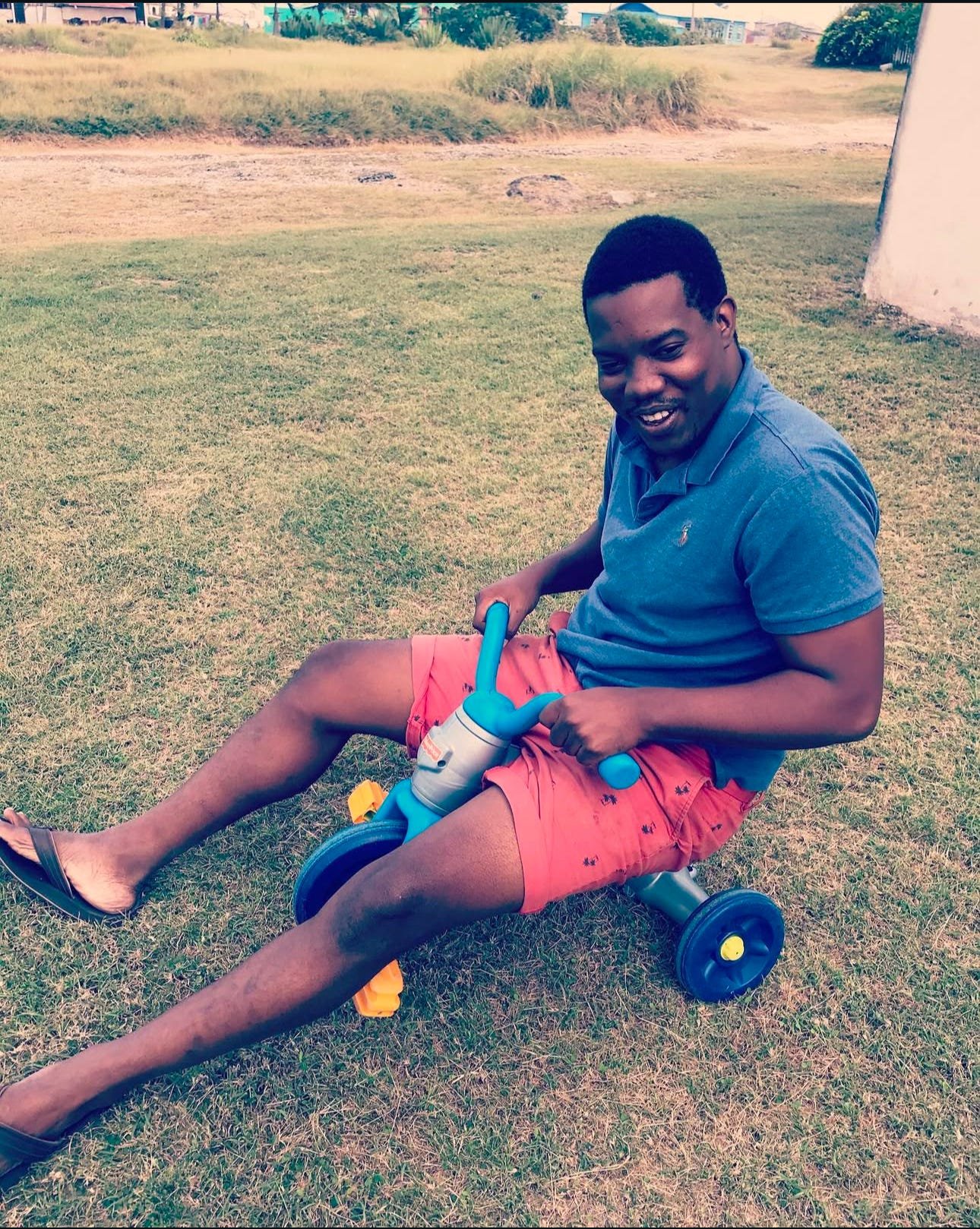HIGHLIGHT
I once heard a story about a man who dreamed of owning the perfect house. One day, as he drove around searching, he found it—everything he had ever wanted. Excited, he approached the house to inquire about its price.
The owner answered the door, and though he appeared friendly, he was actually being forced to sell. However, he didn’t disclose this to the potential buyer. Instead, he made an unusual offer:
“I’m willing to sell you this house at a significantly reduced price, but on one condition—you must allow me to keep ownership of the nail in the front door.”
The buyer glanced at the nail and thought, That’s it? Just a nail? It seemed like an insignificant request, especially in exchange for the house of his dreams. Without hesitation, he agreed.
He moved in, overjoyed. He decorated, renovated, and made the house his own. It was everything he had envisioned—his most prized possession.
Then one day, the former owner returned and asked if he could buy the house back. The new owner laughed, saying, “Absolutely not! This is my dream home.”
But the old owner reminded him, “I still own the nail in the front door.”
The new owner shrugged. What harm could one nail do?
Without another word, the former owner walked down the street, found a dead animal, returned to the house, and hung the rotting carcass on the nail. Because the nail was not legally his, the new owner could do nothing about it.
Days passed, and the stench worsened. Flies swarmed, maggots infested the doorway, and the once-beautiful home became unbearable to live in. Eventually, the new owner had no choice but to sell the house—right back to the original owner.
All because of one small nail.
For you, it might not be a house, but I am sure there is a dream in your heart that you are building and pursuing. There are three major lessons I always take from this story:
-
This man was absolutely clear about what he wanted—a beautiful house. Clarity is essential, but it is not enough to get what you desire.
-
Small, seemingly insignificant things that we fail to address at the beginning can become the sources of significant problems if left unchecked.
-
There are no shortcuts or discounts on real success. It will cost you, but always resolve to pay full price.
Success isn’t about luck—it’s about the small, daily choices we make. And at the foundation of those choices? Habits.

INSIGHT
Clarity gives you a vision, but habits determine whether you’ll reach it. Your habits reveal what you are truly committed to. The difference between those who succeed and those who don’t isn’t just talent—it’s their ability to build habits that reinforce their vision.
James Clear, in Atomic Habits, defines habits as:
“A habit is a routine or behavior that is performed regularly—and, in many cases, automatically.”
The challenge isn’t just about having habits—it’s about finding the right habits that align with your purpose. To do that, there are three critical steps:
1. Seasons: Know What to Focus On
Dr. Myles Munroe introduced a powerful concept—dividing life into three major seasons:
-
First 25 years: Explore (Discovery) – Focus on learning, exposure, and self-discovery.
-
Second 25 years: Establish (Mastery) – Build your career, refine your skills, and create impact.
-
Third 25 years: Empower (Legacy) – Pass on wisdom, mentor others, and make lasting contributions.
Your habits should reflect the season you’re in. If you’re in a season of discovery, your habits should revolve around learning and experimenting. If you’re in a season of mastery, your habits should refine your craft. If you’re in a season of legacy, your habits should focus on empowering others.
2. Strategy: Identify the Right Actions
Once you know your season, you need a strategy that matches where you are and where you’re headed. Strategy ensures that your habits aren’t just random but intentional.
-
Clarity tells you where you are going.
-
Seasons tell you what to focus on.
-
Strategy defines the critical steps to get there.
3. Systems: Automate Your Success
The best way to ensure consistency is to systemize your habits so they become natural, repeatable routines. The more automated a habit becomes, the less effort it requires.
-
Design your environment to support good habits.
-
Stack habits (attach a new habit to an existing one).
-
Remove friction that makes good habits hard and bad habits easy.
IGNITE
Your dream has a price, and that price is discipline. But discipline is not about willpower alone—it’s about designing habits that work for you, not against you.
To put this into action:
-
Identify Your Season: Are you in discovery, mastery, or legacy? What should you focus on right now?
-
Develop a Strategy: What key habits will get you closer to your goal? Be specific.
-
Build Systems: How can you make those habits automatic and sustainable?
The life you want is hidden in the habits you build. Choose them wisely—because a successful and significant life won’t happen by accident.






